Hello, visionary educators! 🌟 Are you set to decode the complexities of dyslexia in education? Let’s embark on an enlightening journey into the world of dyslexia, armed with the latest insights and strategies to enhance our educational practices and champion the success of every student.

Understanding Dyslexia in Education 🧠
Dyslexia, often veiled in misconception, is a specific learning difference that affects the way the brain processes language. It’s not just about reversing letters; rather, it’s a profound issue with decoding words, which impacts reading, writing, and spelling. This condition highlights the importance of tailored educational approaches to meet unique learning needs.

The Science Behind Dyslexia in Education:
Dyslexia is characterized by a cluster of symptoms that result in people having difficulties with specific language skills, particularly reading. Students with dyslexia often experience challenges with phonological processing, memory, and rapid visual-verbal responding. In the educational context, this requires specific strategies that accommodate these learning differences.
The Importance of Early Detection in Dyslexia Education: 🔍
Identifying dyslexia early in the educational journey is crucial. Timely and precise diagnosis can lead to effective intervention strategies that significantly enhance the learning process, preventing future academic frustrations and building a strong foundation for lifelong learning.

Tailored Strategies for Supporting Students with Dyslexia in Education: 📚
- Structured Literacy Programs: These should be the cornerstone of educational strategies for students with dyslexia. Such programs are explicit, systematic, and multisensory, addressing the core difficulties faced by dyslexic learners.
- Innovative Technological Tools: Leveraging technology can transform learning for students with dyslexia. Applications that offer text-to-speech and speech-to-text functionalities can be particularly beneficial.
- Multisensory Learning Approaches: Incorporating visual aids, auditory tools, and tactile activities into learning can significantly enhance comprehension and retention for dyslexic students.
Debunking Myths About Dyslexia in Education: ❌
- Myth: Dyslexia is just about seeing words backward.
- Reality: Dyslexia involves a spectrum of challenges related to phonological processing, not just visual issues.
Enhancing Dyslexia Awareness in Education Policies: 🏛️
Educational policies must evolve to increase awareness and support for dyslexia. This includes mandating early screening, providing adequate resources for dyslexia-specific training for educators, and ensuring that educational materials are accessible to all students regardless of their learning challenges.

Read more:
For a comprehensive guide on ADHD classroom strategies that foster student success, you can explore the detailed resource provided here: ADHD Classroom Strategies for Student Success. This guide offers valuable insights and practical tips to help educators effectively support students with ADHD.
Conclusion:
Embarking on this journey to unravel dyslexia in education empowers us to transform our teaching methods and foster an inclusive environment where every student can thrive. Remember, understanding and support are the keys to unlocking the potential of students with dyslexia. Let’s continue to innovate and advocate for educational practices that embrace diversity in learning styles!
Further Reading and References:
- “Comprehensive Research on Dyslexia”: Explore in-depth studies and analyses to better understand the educational implications of dyslexia. Access Comprehensive Research
- “Innovative Teaching Strategies for Dyslexia”: Discover practical teaching techniques that can make a real difference. Learn Innovative Strategies
- “Policy Development for Dyslexia in Education”: Review how current policies are shaping the support framework for students with dyslexia. Read about Education Policies

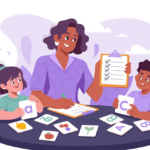



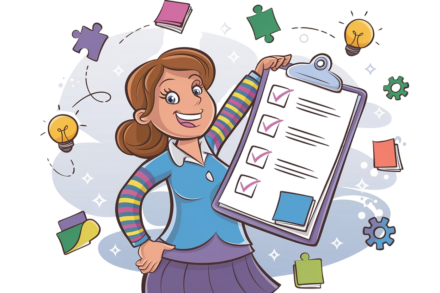
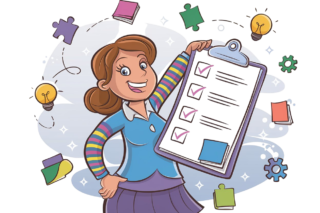
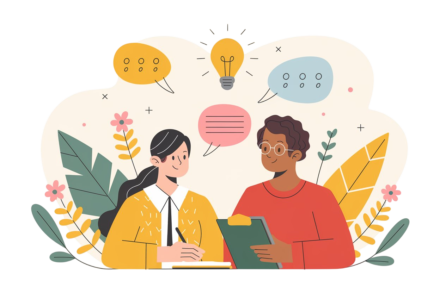
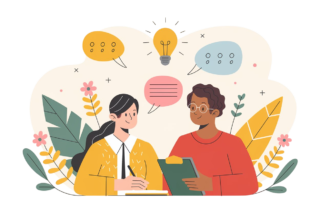
Leave a Comment